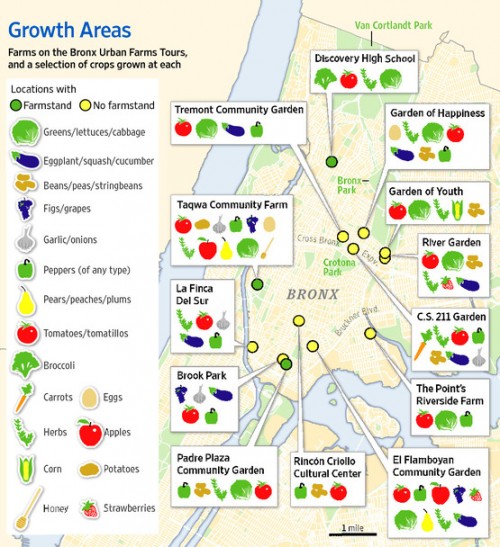As I endlessly repeat, even companies that want to make “healthier” products cannot do it—unless the products sell. If they don’t, forget it.
Witness: Campbell Soup. The company has given up on reducing the absurdly high salt content of its soups and is adding back the salt. Why? Its “health-inspired low-sodium push failed to lift sales.”
Campbell’s new CEO announced this at, no surprise, its annual investors’ meeting: “For me it’s about stabilizing it [company sales] first and then planning growth beyond that.”
Campbell shares rose by 1.3%. Investment analysts were optimistic: “We look for future results to benefit from an increased emphasis on bolstering sales with tasty soup products.”
From Campbell’s point of view, any guidelines that require it to reduce salt set “virtually unachievable” standards that are “misguided and counterproductive.”
In practice, the “draconian” thresholds for sodium, fat and sugars meant a high proportion of foods currently on the market would not meet the standards, while the proposed nutritional principles “describe products that manufacturers will not produce because children and teens will not eat them.”
From the standpoint of the advertising industry, Campbell’s “U-turn is a cautionary tale.”
Campbell’s problem, according to the industry, is that it “didn’t just dip its toe in the water with some stealthy, under-the-radar sodium reduction, it went for it all guns blazing as part of an overall commitment to ‘nourish people’s lives everywhere, every day.”
Clearly, concern about its customers’ health was a big mistake. And business analysts note that Campbell’s
u-turn – albeit just on one product line – raised questions about just how strong this commitment actually was…What would happen if instead of investing marketing dollars into a ‘please try me again’ campaign, Campbell’s embarked on a ‘we are absolutely determined to make this work’ campaign?
Oops. Bad press. In response, Campbell backtracked again.
In a press release, the company insisted that it is continuing to produce lower-sodium choices including 90 varieties of Campbell’s soups and more than 100 other Campbell products, such as V8 juices, Prego Italian sauces, SpaghettiOs pastas and most Pepperidge Farm breads.
The CEO said:
“Reducing sodium was absolutely the right thing for our company to do” and Campbell’s Healthy Request, the company’s popular line of heart-healthy soups, has had compound annual sales growth of 21 percent over the past five years.
Campbell also says it “plans to shift the allocation of its R&D resources to ensure the company’s efforts are focused on a variety of ways to bring innovative products to market, not only on sodium reduction.”
We know that many consumers take great interest in the impact of the foods they eat on their long-term health and well-being … But we also recognize that the health and wellness attributes of foods mean different things to different people. For many, weight loss and weight maintenance is of primary importance. Others define their wellness needs in terms of vegetable nutrition, sodium reduction, energy and stamina, or digestive health. Thus, reducing sodium is just one component of our wellness strategy.
And one the company feels must be sacrificed to sales.
Make no mistake: food companies are not social service agencies. When it comes to a commitment to public health, the bottom line is all that counts—and has to be, given the way Wall Street works.
This needs a system change, no? And one starting with Wall Street, which isn’t a bad idea for other reasons as well.



